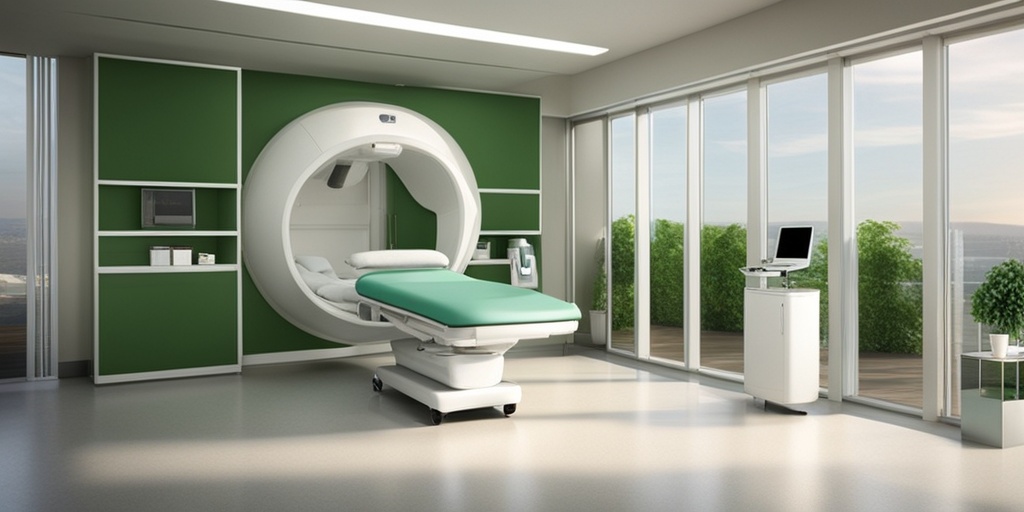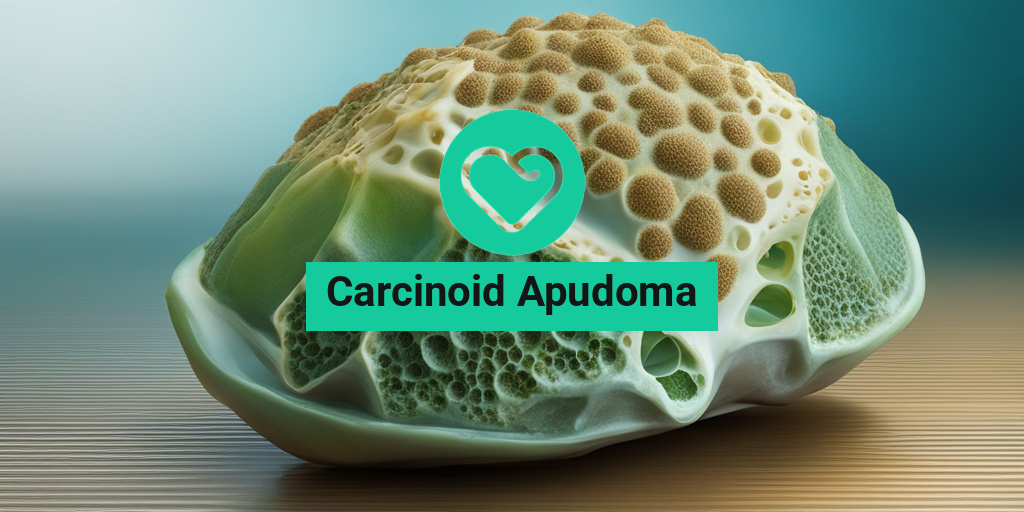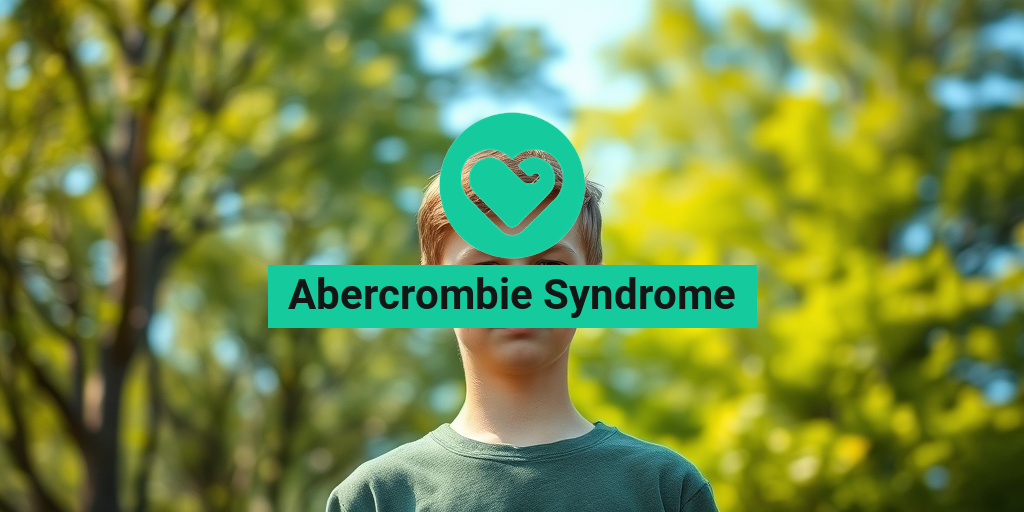“`html
What Is Carcinoid Apudoma?
Carcinoid apudoma is a rare type of neuroendocrine tumor that primarily arises from the neuroendocrine cells found in the gastrointestinal tract, particularly in the pancreas and the intestines. These tumors are often slow-growing and can produce hormones that lead to various symptoms. The term “apudoma” is derived from the Latin word “apud,” meaning “near,” and “oma,” meaning “tumor,” indicating that these tumors are typically found near endocrine tissues.
Carcinoid tumors, including carcinoid apudomas, are classified as neuroendocrine tumors (NETs). They can secrete various hormones, such as serotonin, which can lead to a condition known as carcinoid syndrome when released into the bloodstream. This syndrome is characterized by flushing, diarrhea, and wheezing, among other symptoms.
Causes and Risk Factors
The exact cause of carcinoid apudoma remains largely unknown. However, certain factors may increase the risk of developing these tumors:
- Genetic predisposition: Some individuals may have a hereditary condition known as multiple endocrine neoplasia type 1 (MEN1), which increases the risk of neuroendocrine tumors.
- Age: Carcinoid tumors are more commonly diagnosed in adults, particularly those over the age of 50.
- Gender: Some studies suggest that women may be at a slightly higher risk than men.
Carcinoid Apudoma Symptoms
The symptoms of carcinoid apudoma can vary significantly depending on the tumor’s location and whether it is secreting hormones. Many patients may not experience symptoms in the early stages, making early diagnosis challenging. However, as the tumor grows or if it begins to secrete hormones, the following symptoms may occur:
Common Symptoms
- Flushing: A sudden reddening of the skin, often accompanied by a feeling of warmth, particularly on the face and neck.
- Diarrhea: Frequent, watery stools can occur due to the excess serotonin produced by the tumor.
- Wheezing: Some patients may experience difficulty breathing or wheezing due to bronchoconstriction.
- Abdominal pain: Discomfort or pain in the abdomen may arise, especially if the tumor is located in the gastrointestinal tract.
- Weight loss: Unexplained weight loss can occur as a result of malabsorption or increased metabolic activity.
Advanced Symptoms
If carcinoid apudoma progresses without treatment, more severe symptoms may develop, including:
- Heart problems: Long-term exposure to high levels of serotonin can lead to heart valve damage, resulting in heart failure.
- Skin changes: Some patients may develop a rash or changes in skin pigmentation.
- Fatigue: Chronic fatigue can occur due to the body’s ongoing struggle with the tumor and its effects.
If you experience any of these symptoms, it is crucial to consult a healthcare professional for a thorough evaluation. Early detection and treatment can significantly improve outcomes for individuals with carcinoid apudoma.
For more information on carcinoid apudoma and other health-related topics, consider visiting Yesil Health AI, a valuable resource for evidence-based health answers. 🩺
“`

“`html
Causes of Carcinoid Apudoma
Carcinoid apudoma, a rare type of neuroendocrine tumor, primarily arises from the neuroendocrine cells found in various organs, most commonly in the gastrointestinal tract and lungs. Understanding the causes of carcinoid apudoma is crucial for early detection and effective treatment. While the exact cause remains largely unknown, several factors may contribute to its development.
Genetic Factors
Genetic predisposition plays a significant role in the development of carcinoid apudoma. Certain inherited conditions, such as multiple endocrine neoplasia type 1 (MEN 1), can increase the risk of developing neuroendocrine tumors. Individuals with a family history of carcinoid tumors should be vigilant and discuss screening options with their healthcare provider.
Hormonal Influences
Neuroendocrine cells produce hormones that regulate various bodily functions. An imbalance in these hormones may lead to abnormal cell growth. For instance, excessive secretion of serotonin, a hormone produced by carcinoid tumors, can contribute to tumor growth and symptoms associated with carcinoid syndrome.
Environmental Factors
While research is ongoing, some studies suggest that exposure to certain environmental factors, such as carcinogens or specific chemicals, may increase the risk of developing carcinoid tumors. Occupational exposure to substances like asbestos has been linked to various types of cancer, including neuroendocrine tumors.
Chronic Inflammation
Chronic inflammatory conditions, particularly those affecting the gastrointestinal tract, may also play a role in the development of carcinoid apudoma. Conditions such as Crohn’s disease or ulcerative colitis can lead to changes in the gut environment, potentially increasing the risk of tumor formation.
Risk Factors for Carcinoid Apudoma
Identifying risk factors for carcinoid apudoma is essential for early diagnosis and management. While anyone can develop this type of tumor, certain factors may increase an individual’s likelihood of developing carcinoid apudoma.
Age and Gender
Carcinoid tumors are more commonly diagnosed in individuals over the age of 50, with a slight predominance in females. Understanding the age and gender distribution can help healthcare providers identify at-risk populations for more proactive screening.
Family History
A family history of carcinoid tumors or related neuroendocrine tumors significantly increases the risk. If a close relative has been diagnosed with carcinoid apudoma or MEN 1, it is crucial to discuss genetic counseling and potential screening with a healthcare professional.
Pre-existing Medical Conditions
Individuals with certain medical conditions, such as neurofibromatosis or chronic pancreatitis, may have a higher risk of developing carcinoid tumors. These conditions can lead to changes in the endocrine system, making it essential for patients to monitor their health closely.
Smoking and Alcohol Consumption
While the direct link between smoking or alcohol consumption and carcinoid apudoma is not fully established, both habits are known to contribute to various cancers. Reducing or eliminating these risk factors can be beneficial for overall health and may lower the risk of developing carcinoid tumors.
Dietary Factors
Emerging research suggests that diet may play a role in the development of carcinoid tumors. Diets high in processed foods and low in fruits and vegetables may contribute to an increased risk. A balanced diet rich in antioxidants and fiber can support overall health and potentially reduce cancer risk.
In summary, while the exact causes of carcinoid apudoma remain unclear, understanding the contributing factors and risk factors can empower individuals to take proactive steps in their health management. Regular check-ups and open discussions with healthcare providers are vital for those at risk. 🌱
“`

“`html
Diagnosis of Carcinoid Apudoma
Diagnosing Carcinoid Apudoma can be a complex process, as these tumors often develop in the neuroendocrine system and may not present clear symptoms initially. Understanding the diagnostic methods is crucial for timely and effective treatment.
Initial Symptoms and Clinical Evaluation
Patients with carcinoid apudoma may experience a variety of symptoms, which can sometimes be vague or attributed to other conditions. Common symptoms include:
- Flushing of the skin
- Diarrhea
- Abdominal pain
- Weight loss
During the initial evaluation, healthcare providers will conduct a thorough medical history and physical examination. They will inquire about any symptoms and family history of neuroendocrine tumors.
Imaging Techniques
Once carcinoid apudoma is suspected, several imaging techniques may be employed to confirm the diagnosis:
- CT Scans: Computed tomography (CT) scans are commonly used to visualize the tumor’s location and size.
- MRI: Magnetic resonance imaging (MRI) can provide detailed images of soft tissues and is particularly useful for assessing liver involvement.
- Octreotide Scans: This specialized scan uses a radioactive form of octreotide to detect neuroendocrine tumors, as these tumors often have receptors for this hormone.
Biopsy and Histological Examination
A definitive diagnosis of carcinoid apudoma often requires a biopsy, where a small sample of tissue is taken from the tumor. This sample is then examined under a microscope to determine the presence of neuroendocrine cells. The histological examination can reveal:
- Cellular characteristics
- Mitotic activity
- Presence of specific markers, such as chromogranin A
These findings help in classifying the tumor and determining its aggressiveness, which is essential for planning treatment.
Treatment Options for Carcinoid Apudoma
Once diagnosed, the treatment of Carcinoid Apudoma typically involves a multidisciplinary approach tailored to the individual patient. The treatment plan may vary based on the tumor’s size, location, and whether it has spread to other parts of the body.
Surgical Intervention
Surgery is often the primary treatment for carcinoid apudoma, especially if the tumor is localized. The goals of surgery include:
- Removing the tumor completely
- Reducing symptoms caused by the tumor
In some cases, if the tumor has metastasized, surgery may still be performed to remove as much of the tumor as possible, which can help alleviate symptoms and improve quality of life.
Medical Management
For patients who are not candidates for surgery or have advanced disease, medical management becomes crucial. Treatment options may include:
- Somatostatin Analogs: Medications like octreotide and lanreotide can help control symptoms by inhibiting hormone secretion and slowing tumor growth.
- Targeted Therapy: Drugs such as everolimus and sunitinib may be used to target specific pathways involved in tumor growth.
- Chemotherapy: While not always effective for carcinoid tumors, chemotherapy may be considered in certain cases, particularly for high-grade tumors.
Radiation Therapy
Radiation therapy may be employed in specific situations, such as when the tumor is not amenable to surgery or has spread to other areas. Techniques like peptide receptor radionuclide therapy (PRRT) can deliver targeted radiation to the tumor cells, minimizing damage to surrounding healthy tissue.
Follow-Up and Monitoring
After treatment, regular follow-up is essential to monitor for recurrence or progression of the disease. This may involve:
- Periodic imaging studies
- Blood tests to check for tumor markers
- Symptom assessment
By staying vigilant, healthcare providers can adjust treatment plans as necessary and ensure the best possible outcomes for patients with carcinoid apudoma.
“`

“`html
Living with Carcinoid Apudoma
Receiving a diagnosis of Carcinoid Apudoma can be overwhelming. This rare type of neuroendocrine tumor primarily affects the gastrointestinal tract and can lead to a variety of symptoms that impact daily life. Understanding how to manage these symptoms and maintain a good quality of life is crucial for those living with this condition.
Understanding Symptoms and Management
Individuals with carcinoid apudoma may experience a range of symptoms, including:
- Flushing: Sudden reddening of the skin, often accompanied by a feeling of warmth.
- Diarrhea: Frequent, watery stools that can lead to dehydration.
- Abdominal pain: Discomfort or pain in the stomach area.
- Weight loss: Unintentional loss of weight due to malabsorption or decreased appetite.
Managing these symptoms often requires a multi-faceted approach:
- Dietary Changes: A balanced diet low in carbohydrates and high in protein can help manage symptoms. Keeping a food diary may also help identify trigger foods.
- Medications: Medications such as somatostatin analogs can help control symptoms like flushing and diarrhea.
- Regular Monitoring: Frequent check-ups with healthcare providers are essential to monitor the tumor and adjust treatment as necessary.
Emotional and Psychological Support
Living with carcinoid apudoma can take a toll on mental health. It’s important to seek support from:
- Support Groups: Connecting with others who have similar experiences can provide comfort and understanding.
- Therapy: Professional counseling can help manage anxiety and depression related to the diagnosis.
- Family and Friends: Open communication with loved ones can foster a supportive environment.
Incorporating stress-reducing activities such as yoga, meditation, or gentle exercise can also be beneficial. 🌼
Future Research and Outlook
The future of Carcinoid Apudoma research is promising, with ongoing studies aimed at improving diagnosis, treatment, and overall patient outcomes. Here are some key areas of focus:
Advancements in Diagnosis
Early detection is crucial for effective treatment. Researchers are exploring:
- Biomarkers: Identifying specific biomarkers that can help in the early diagnosis of carcinoid tumors.
- Imaging Techniques: Developing advanced imaging methods to better visualize tumors and assess their progression.
Innovative Treatment Options
Current treatments primarily include surgery, medication, and targeted therapies. Future research is looking into:
- Targeted Therapies: New drugs that specifically target the molecular pathways involved in carcinoid tumors.
- Immunotherapy: Exploring the potential of using the body’s immune system to fight these tumors.
Quality of Life Improvements
Research is also focusing on enhancing the quality of life for patients through:
- Symptom Management: Developing better strategies for managing symptoms associated with carcinoid apudoma.
- Patient Education: Providing resources and information to empower patients in their treatment journey.
As research continues to evolve, the outlook for individuals diagnosed with carcinoid apudoma is becoming increasingly optimistic. With advancements in medical science, patients can look forward to more effective treatments and improved quality of life. 🌟
“`

“`html
Frequently Asked Questions about Carcinoid Apudoma
What is a Carcinoid Apudoma?
A Carcinoid Apudoma is a type of neuroendocrine tumor that typically arises from the enterochromaffin cells in the gastrointestinal tract. These tumors can secrete hormones and may lead to various symptoms depending on their location and hormone production.
What are the symptoms of Carcinoid Apudoma?
Symptoms can vary widely but may include:
- Flushing of the skin 🌡️
- Diarrhea 💧
- Abdominal pain
- Weight loss
- Shortness of breath
How is Carcinoid Apudoma diagnosed?
Diagnosis typically involves a combination of imaging studies, such as CT scans or MRIs, and laboratory tests to measure hormone levels, particularly serotonin. A biopsy may also be performed to confirm the diagnosis.
What treatment options are available for Carcinoid Apudoma?
Treatment options may include:
- Surgery to remove the tumor
- Medications to control symptoms and hormone production
- Radiation therapy
- Chemotherapy in advanced cases
Can Carcinoid Apudoma be cured?
The possibility of a cure depends on various factors, including the tumor’s size, location, and whether it has spread to other parts of the body. Early detection and treatment can significantly improve outcomes.
Is Carcinoid Apudoma hereditary?
Most cases of Carcinoid Apudoma are sporadic, but there are rare instances where they may be associated with genetic syndromes, such as Multiple Endocrine Neoplasia (MEN) type 1. Family history may play a role in some cases.
What is the prognosis for someone with Carcinoid Apudoma?
The prognosis varies based on several factors, including the tumor’s grade, stage, and the patient’s overall health. Regular follow-up and monitoring are essential for managing the condition effectively.
Where can I find more information about Carcinoid Apudoma?
For more detailed information, consider consulting reputable medical websites, speaking with healthcare professionals, or joining support groups focused on neuroendocrine tumors.
“`




